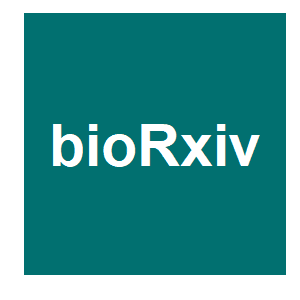2-Locus Cleave and Rescue; selfish elements harness a recombination rate-dependent generational clock for self limiting gene drive

|
G. Oberhofer, T. Ivy and B. A. Hay,
bioRxiv,
2020.

Self-limiting gene drive allows control over the spread and fate of linked traits. Cleave and Rescue (ClvR) elements create self-sustaining drive and comprise a DNA sequence-modifying enzyme (Cas9-gRNAs, Cleaver) that disrupts an essential gene, and a tightly linked, uncleavable version of the essential gene (Rescue). ClvR spreads by creating conditions in which those without it die because they lack essential gene function. We show that when ClvR is implemented in a 2-locus format, with key elements – Rescue (and Cargo), and Cas9 and/or gRNAs – located at different genomic positions, spread of the Rescue is self-limiting. Drive strength and duration are determined by a recombination rate-dependent generational clock, providing an important point of control for different ecological and regulatory contexts. We implement 2-locus ClvR in Drosophila. Rescue spreads to high frequency in a Cas9-dependent manner, while the frequency of Cas9 decreases, demonstrating transient drive and loss of future drive potential.
More related to this: Cleave and Rescue, a novel selfish genetic element and general strategy for gene drive
|



